
Ingredient
Sichuan pepper fruit
The Zesty Zing of Sichuan Pepper
Sichuan pepper fruit, also known as Szechuan pepper or Chinese prickly ash, is not a true pepper but rather the dried husks of the berries from the Zanthoxylum genus. It possesses a reddish-brown color, a fragrant aroma, and a flavor profile characterized by a tingling, numbing sensation followed by a zesty citrus note. Its crunchy texture and intense taste make it a prized ingredient in Sichuan cuisine and other Asian dishes.
Origins and history
Sichuan pepper fruit originates from the Sichuan province in China and has been used in Chinese cooking for over 2,000 years. It is an essential component of Sichuan cuisine, renowned for its bold and spicy flavors. Sichuan pepper fruit's unique numbing effect is attributed to the compound hydroxy-alpha-sanshool, which stimulates the touch receptors in the mouth.
Nutritional information
Sichuan pepper fruit is a good source of vitamins A and C, as well as minerals like potassium and manganese. It also contains antioxidants that contribute to its health benefits.
Allergens
Sichuan pepper fruit may cause allergic reactions in individuals with sensitivities to citrus fruits or spices. It is advisable to exercise caution and consult a healthcare professional if you have any concerns.
How to select
When selecting Sichuan pepper fruit, look for whole berries that are plump, firm, and free from mold or signs of moisture. The husks should have a reddish-brown color and a strong, fragrant aroma. Avoid purchasing pre-ground Sichuan pepper, as it may have lost its potency.
Storage recommendations
To maintain the freshness and flavor of Sichuan pepper fruit, store it in an airtight container in a cool, dry place away from direct sunlight. Whole berries can be stored for up to a year, while ground pepper should be used within a few months for optimal taste.
How to produce
Sichuan pepper fruit can be grown in suitable climates with well-drained soil and full sun exposure. It requires regular watering and protection from extreme temperatures. However, it is readily available in most grocery stores and Asian markets.
Preparation tips
Sichuan pepper fruit is commonly used in Sichuan cuisine, where it adds a unique numbing and citrusy flavor to dishes like mapo tofu, kung pao chicken, and hot pot. It is also utilized in other Asian cuisines, such as Thai and Tibetan, to add a zesty kick to various recipes.
Culinary uses
Sichuan pepper fruit is widely used in Sichuan cuisine and other Asian cuisines, including Thai and Tibetan.
Availability
Sichuan pepper fruit is commonly available in Asian markets, specialty spice shops, and some well-stocked grocery stores.
More ingredients from this category
Recipes using Sichuan pepper fruit » Browse all
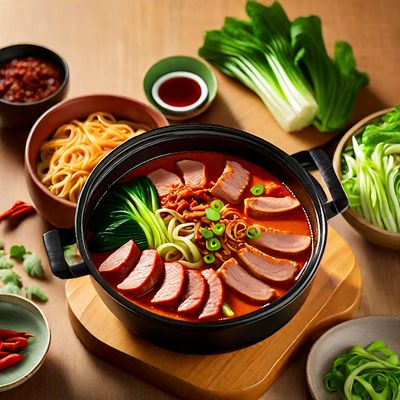
Chinese-style Budae Jjigae
Spicy and Savory Chinese Hot Pot

Pång’lao - A Flavorful Chinese Hot Pot Delight
Sizzling Sensation: Unleash the Aromas of Pång’lao Hot Pot

Xinjiang-style Meat Fondue
Spicy Xinjiang Meat Fondue: A Sizzling Delight from the Silk Road

Sichuan-style Spicy Chicken Tikka Masala
Fiery Fusion: Sichuan-inspired Chicken Tikka Masala
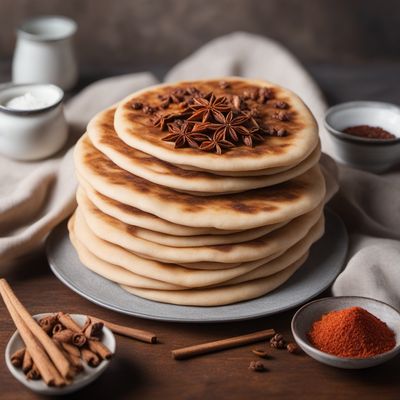
Anhui-style Fluffy Flatbread
Anhui Delight: Fluffy Flatbread with a Twist
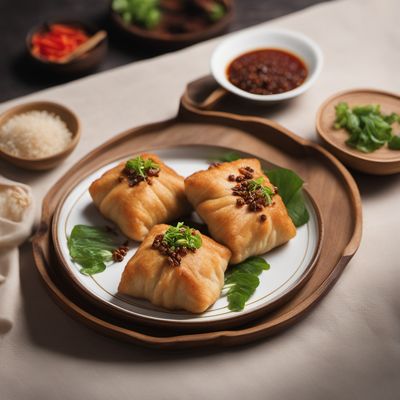
Anhui-style Crispy Pork Buns
Crispy Pork Delights: Anhui's Irresistible Pogatscherl

Batak-style Spicy Conch Fritters
Savory Batak Delight: Spicy Conch Fritters with a Kick

Sichuan-style Spicy Gyoza
Fiery Sichuan Gyoza: A Spicy Twist on a Japanese Classic
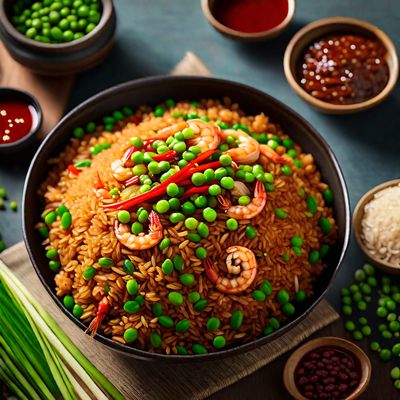
Sichuan-style Spicy Fried Rice
Fiery Sichuan Fried Rice: A Spicy Twist on Nasi Goreng
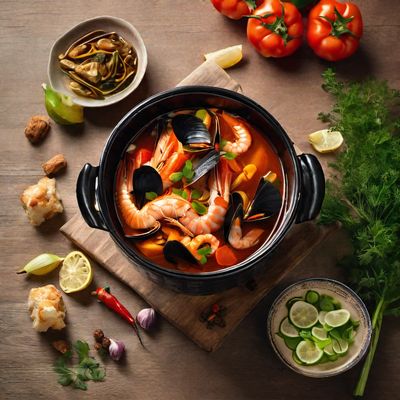
Chinese-style Bouillabaisse
Sichuan Spiced Seafood Stew

Shaanxi-inspired Savory Pască
Savory Shaanxi Twist: Pască with a Chinese Flair
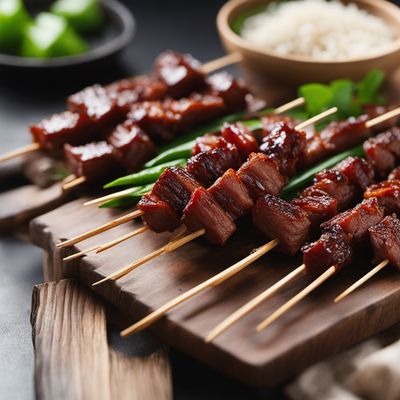
Guizhou-style Grilled Meat Skewers
Fiery Flavors of Guizhou: Grilled Meat Skewers with a Spicy Twist